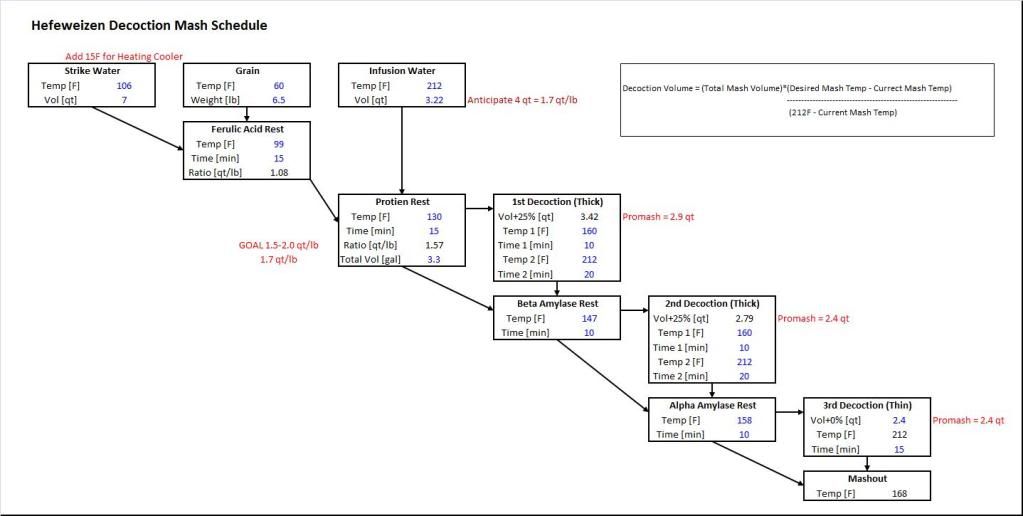DSmith
Well-Known Member
EZ water predicts that it would take about 5% of the total grain weight of 2% acidulated malt to get the mash pH of a 50% wheat/50% pilsner Hefeweizen to a pH of about 5.4 at room temperature with distilled water. This includes CaCl2 to get about 50ppm calcium.
Does this much acidulated malt raise any red flags? I plan on measuring pH with a meter but am planning a starting point for this brew for a single infusion mash.
Does this much acidulated malt raise any red flags? I plan on measuring pH with a meter but am planning a starting point for this brew for a single infusion mash.



